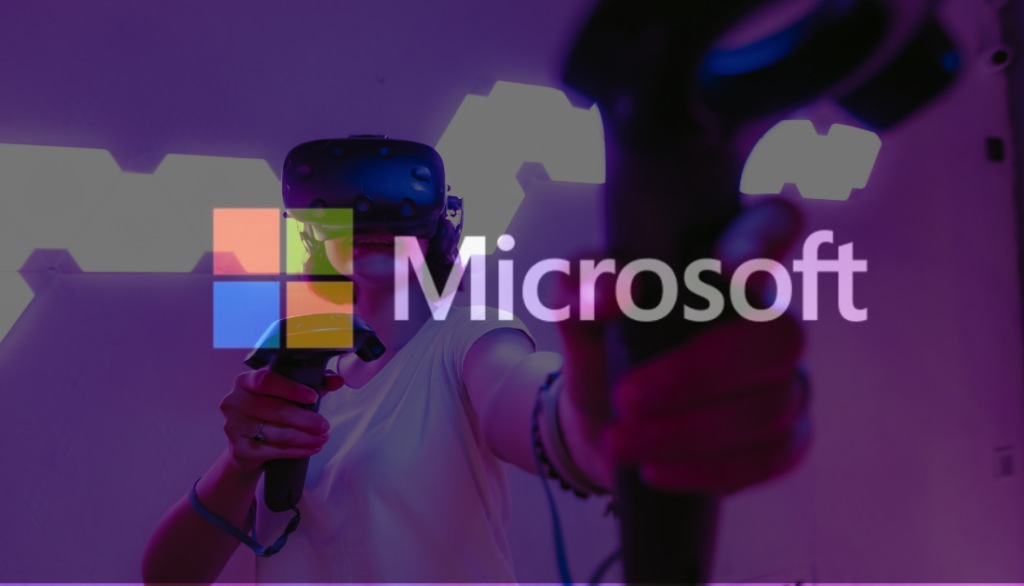Microsoft has released a browser-based AI-generated simulation of Quake II, offering a glimpse into the experimental capabilities of its Muse family of AI models.
Highlights
Rather than being a remaster or reboot, this demo is described as a research prototype, intended to explore how users can interact with environments generated by AI. The project leans into the quirks and imperfections of generative modeling, using them as part of the experience.
Upon launch, users are able to briefly explore a single level, navigating with standard first-person shooter controls—walking, jumping, crouching, and shooting.
While it draws inspiration from the original Quake II (a title Microsoft has access to through its acquisition of ZeniMax), the simulation deviates significantly in visual fidelity, physics, and interactivity.
Unlike traditional games, this AI-driven demo was trained not on code, but on data from the original level—focusing on simulating gameplay rather than replicating it.
Microsoft researchers describe it as “playing the model,” highlighting the contrast between engaging with a handcrafted game and interacting with a machine-generated simulation.
Surreal Gameplay and Technical Challenges
The demo’s limitations are immediately apparent. Enemy characters often appear blurred or undefined, health meters fail to track accurately, and a key issue—described by researchers as “object impermanence”—results in the simulation forgetting elements that are no longer in the player’s view.
Objects and enemies can disappear if out of sight for more than 0.9 seconds, enabling bizarre moments where players can “erase” threats or unintentionally teleport to new areas by merely shifting their viewpoint.
While these oddities are presented as part of the charm, they also underscore the current technical gap between AI-generated simulations and traditional game development.
Community Response on Quake II Demo
Reactions from the gaming community have been mixed. Some observers see potential in the experiment, while others have raised concerns about its implications for the preservation of video games.
Writer and game designer Austin Walker shared a recorded session in which he became stuck in a dark room for much of the demo.
He used the experience to question Microsoft Gaming CEO Phil Spencer’s earlier claim that AI could help “preserve” games by enabling them to be recreated and ported across platforms.
Walker argued that the essence of a game lies not just in visual or spatial elements but in the core systems—code, design mechanics, 3D assets, and audio—that drive emergent and sometimes unpredictable gameplay.
Without replicating those foundations, he suggests, AI recreations risk becoming simplified illusions rather than true preservation efforts.
At a technical level, the demo is powered by Microsoft’s Muse model, a generative AI system trained to simulate 3D worlds, player actions, and game physics.
Muse was developed with support from Xbox’s Ninja Theory studio and trained on large datasets of human gameplay.
It builds upon earlier iterations of Microsoft’s World and Human Action Model (WHAM) and the newer World and Human Action MaskGIT Model (WHAMM), designed for real-time video generation and interactivity.
Despite these advancements, significant challenges remain. In addition to visual artifacts and object memory issues, the simulation lacks deeper reasoning systems or logic layers that traditional game engines use to maintain consistency and player immersion.
These limitations reflect the complexity of real-time interactive media and the challenges of using AI to replicate the nuance of handcrafted game design.
The Quake II demo may serves as a milestone in Microsoft’s ongoing exploration of AI’s role in gaming.
While the experience is far from complete or polished, it demonstrates how generative models could one day contribute to rapid prototyping, experimental level design, or educational tools in game development.
For now, however, it highlights both the promise and the current limitations of AI-generated gameplay.
Whether such technology will evolve into practical development tools or remain experimental showcases is still unclear.


